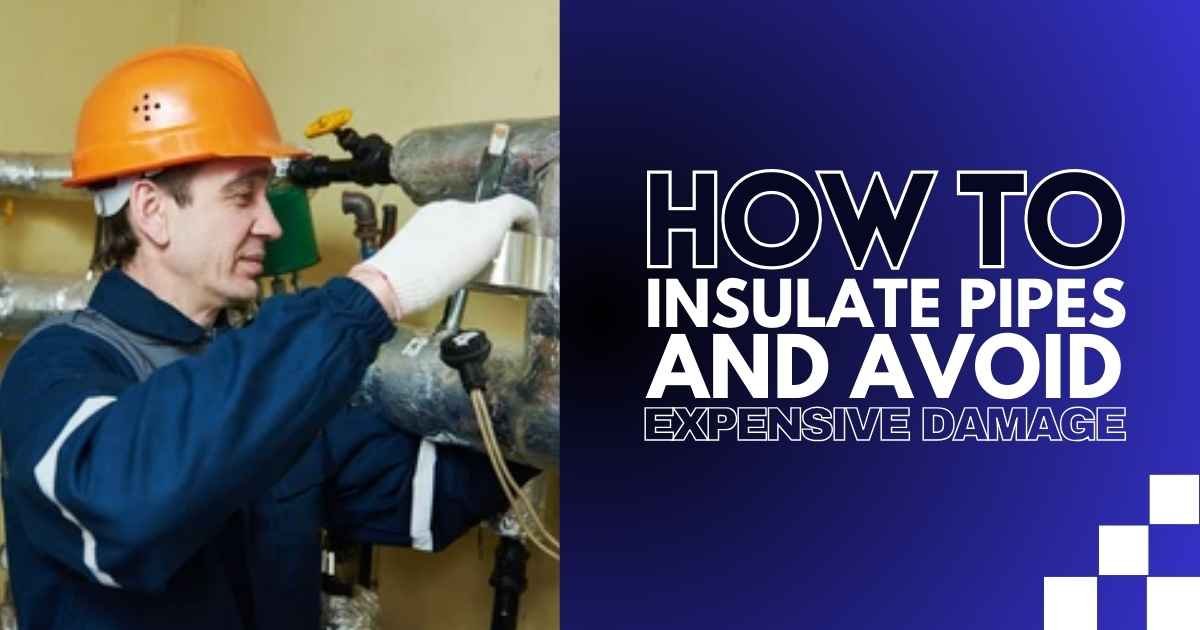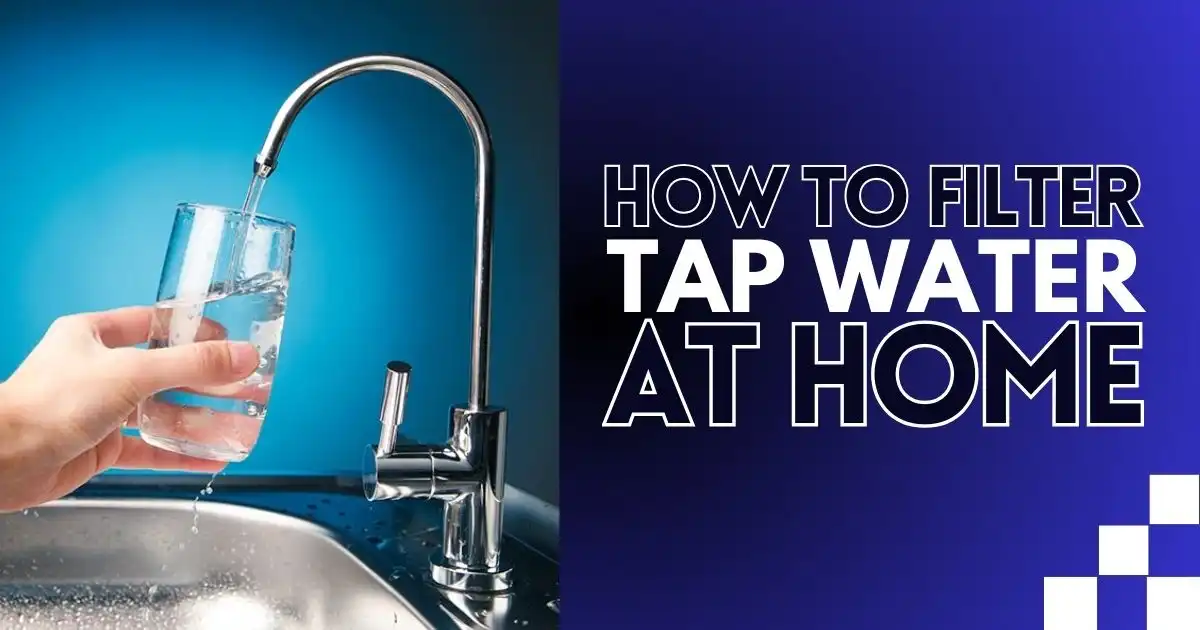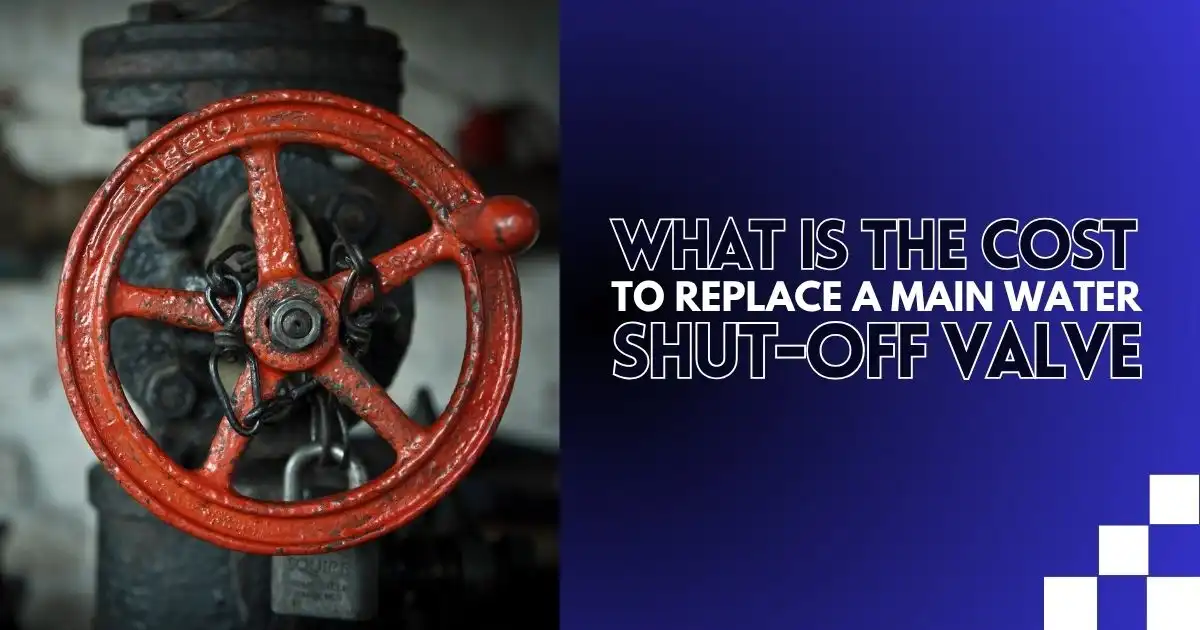“An ounce of prevention is worth a pound of cure.” This famous saying by Benjamin Franklin couldn’t be truer when it comes to protecting your home from costly water damage.
Insulating your pipes is a small step that can prevent big, expensive problems—like burst pipes or leaks—especially during unexpected cold snaps. Taking time to insulate pipes properly not only helps you avoid repair bills but also saves on energy costs by keeping hot water warmer for longer.
Why Should I Insulate My Pipes?
Insulating your pipes may not seem urgent, but it’s a simple, low-cost way to avoid big issues and save money over time. The main reason to insulate pipes is to stop them from freezing in winter. When water freezes inside a pipe, it expands and can make the pipe burst, causing expensive water damage.
Insulation also helps keep water warm as it moves from the heater to your faucet. This means your water heater uses less energy, which can lower your utility bills.
5 Ways to Insulate Pipes and Avoid Expensive Damage
Avoid costly damage this winter with these 5 easy ways to insulate your pipes. A little preparation now can keep your home safe and save you money.
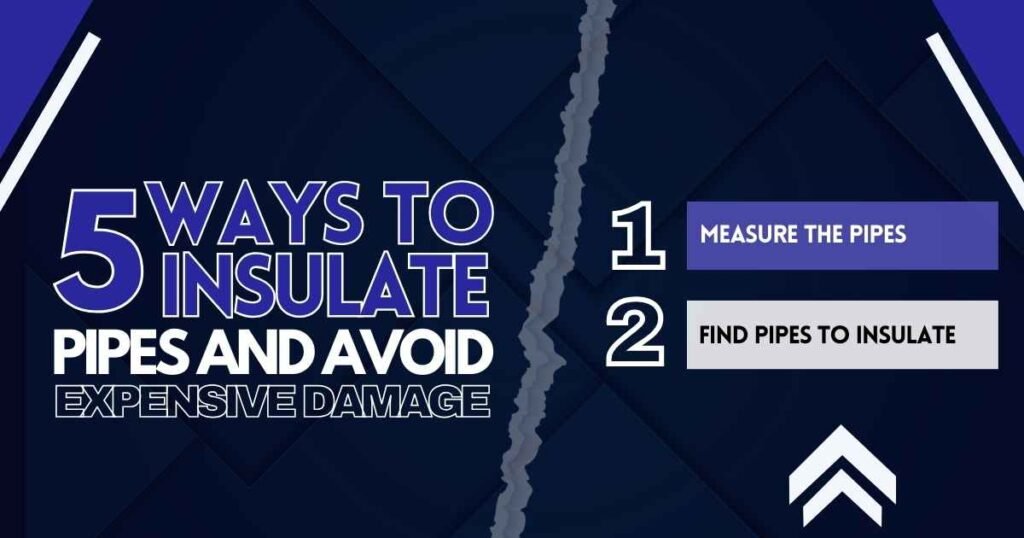
1. Measure the Pipes
After identifying the pipes, use a tape measure to find the length and diameter of each one. Accurate measurements help you buy the right amount and size of insulation, reducing waste and ensuring a snug fit.
For example, if you have 20 feet of exposed pipe, get insulation that covers slightly more to avoid any gaps. Properly insulated pipes can save you around 3-4% on energy costs annually, as less heat escapes from your hot water pipes.
2. Find Pipes to Insulate
Start by identifying which pipes in your Las Vegas home need insulation. Pipes in unheated areas like basements, attics, garages, crawl spaces, and exterior walls are most at risk. Even though Las Vegas isn’t known for freezing winters, unexpected cold snaps can cause pipes to freeze or crack, leading to costly repairs.
According to insurance experts, a single burst pipe can release up to 250 gallons of water a day—more than enough to cause serious water damage. Focus on both hot and cold water pipes to prevent heat loss and protect against sudden temperature drops.
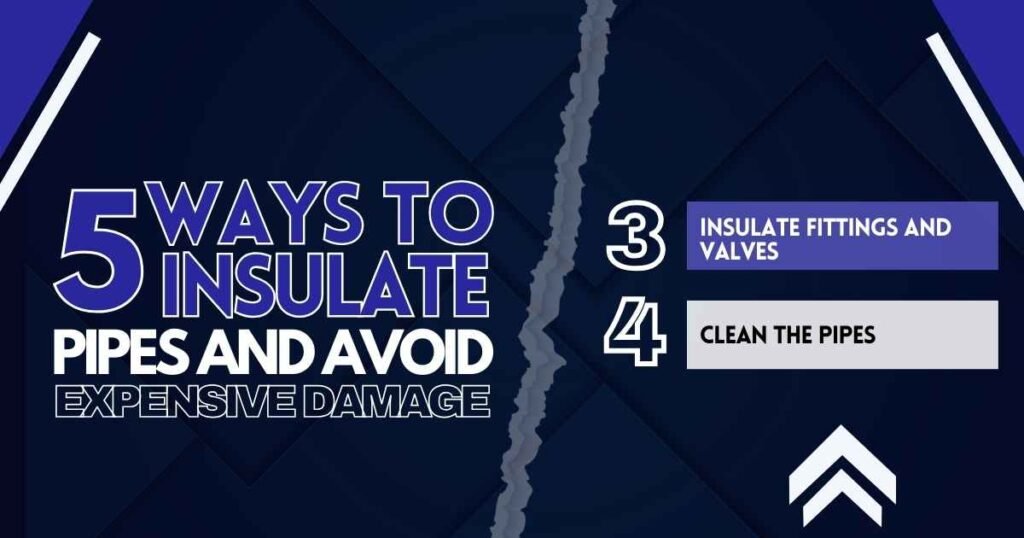
3. Insulate Fittings and Valves
Use extra insulation tape or foam pieces to cover fittings and valves, as these areas are prone to leaks and cold air exposure. Irregular shapes might require you to cut the insulation to fit precisely.
Make sure everything is well-secured with tape, as even a small gap could let cold air in, raising the risk of freezing. In winter, even Las Vegas homes can benefit from this step, as it helps pipes stay stable during sudden temperature changes.
4. Clean the Pipes
Before insulating, make sure your pipes are clean and dry. Dust, dirt, or moisture can reduce how well insulation sticks. Wipe down pipes with a dry cloth to remove dust or debris. This small step can extend the insulation’s life and improve how well it stays in place.
Clean pipes with proper water pipe insulation also help prevent mold or mildew from forming, as any trapped moisture could create problems down the line.
5. Check Your Work
After insulating, secure any loose ends with extra tape or cable ties. Walk along the entire length of the pipes and inspect for gaps, loose sections, or exposed areas. Everything should be snug to maximize insulation benefits.
Proper insulation reduces the risk of pipe bursts, which cost homeowners an average of $5,000 in water damage repairs. Taking these extra few minutes to double-check your work can save you a major headache down the road.
Tips for Taking Care of Insulated Pipes
After insulating your pipes, it’s important to keep them in good shape so the insulation works well year after year. This how to care for your insulated pipes in Las Vegas:
- Check Regularly: Look over your pipe insulators every few months. Watch for any gaps, cracks, or places where the insulation may have come loose. Finding these issues early can help you avoid bigger repairs later.
- Keep Insulation Dry: Moisture can damage insulation. If you see any damp spots or condensation, fix the source of the moisture right away. Replace any wet insulation to prevent mold and keep it working well.
- Adjust for Changes: Over time, pipes may shift due to temperature changes or house movement. Ensure the insulation still fits snugly and covers the pipes fully. Make any needed adjustments to keep everything secure.
Insulate with Confidence This Winter
Ready to protect your pipes from winter damage? Even the handiest homeowner can benefit from expert support. Just like a chef relies on the right team to perfect a recipe, insulating pipes effectively often needs an extra hand to ensure everything’s covered, snug, and built to last.
At Vegas Plumbing Pros, our experienced team knows exactly how to insulate pipes to keep them safe from freezing and reduce the risk of burst pipes and costly water damage. Don’t leave it to chance—Vegas Plumbing Pros can make sure your home is protected. Reach out today to avoid future headaches and costly repairs!
FAQs
How can I insulate my pipes for cheap?
Foam pipe sleeves and insulation tape are affordable options for insulation for pipes, with foam sleeves costing about $1 per foot. Both are easy to install, so you can do it yourself without needing special tools. For a temporary solution, old towels or blankets can wrap outdoor pipes in extreme cold.
What is the best way to insulate exposed pipes?
Foam pipe sleeves are a top choice for exposed pipes and are simple to cut and fit. Just open the slit, place it around the pipe, and secure it with tape if needed. Insulation tape works well for pipes with bends, wrapping tightly to cover all areas.
Does insulating pipes save money?
Yes, pipe insulators save money by reducing heat loss in hot water pipes, which lowers energy bills. They also prevent frozen pipes, saving you from expensive repair costs. Over time, these savings add up, making insulation a wise investment.
How to insulate outdoor water pipes?
To insulate outdoor pipes, wrap them in foam or rubber insulation, securing it with tape and covering it with plastic. In colder areas, add heat tape beneath the insulation to prevent freezing. These steps will help keep pipes safe in winter.
